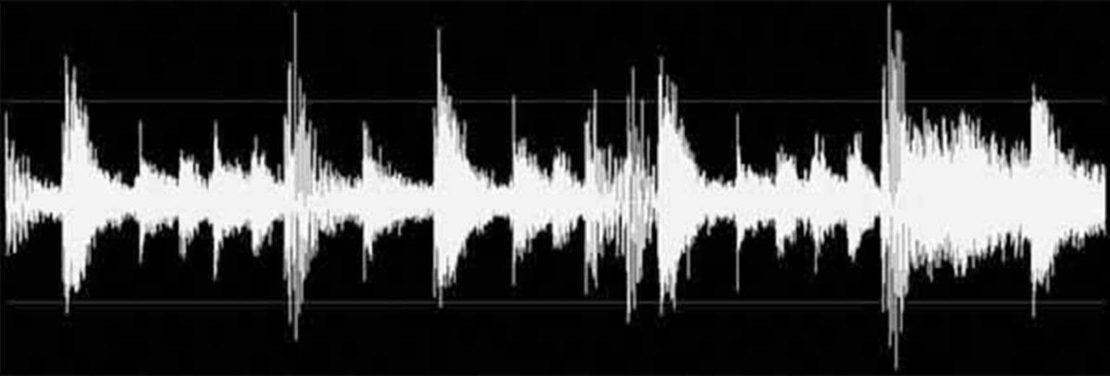
Sample the Amen Break
Much of today's music is built around samples of other recordings, in one way or another. Whole genres depend on it. The 'Amen break', a six-second drum solo plundered from an obscure 60s soul record, is one of the most sampled clips in music history: first adopted by the pioneering samplers of 80s hip-hop, before being diced, layered and endlessly manipulated beyond recognition – laying the foundation of jungle and drum'n'bass. Its story is one of reuse, of creating new from old: how sampling and digital manipulation propelled new forms of creative expression and spawned whole subcultures. Here's how it happened.
1969
The Winstons: Amen, Brother
The B-side to a long-forgotten single Color Him Father, Amen, Brother was an unremarkable, same-same soul track rushed through production. The six-second, four-bar break kicks in at 1:26 minutes.
1986
In the 80s new, inexpensive sampling machines let musicians cut and copy other records. Hip-hop, pioneered by their use, sampled soul, funk, R&B and jazz. In 1986, a DJ compilation of samplable tracks – Ultimate Breaks and Beats, Volume I – featured Amen, Brother, the break slowed down to make it easier to work with.
1988
Explore
A musical afterlifeNWA: Straight Outta Compton
Early samplers didn't distort or manipulate the break, resolving to loop just its first two bars at various speeds as a driving beat, as heard here in one of its earliest popular reappearances.
1989
Mantronix: King of the Beats
As sampling hardware grew more sophisticated its creative use flourished. Artists broke apart the Amen's individual drum-hits to recombine them anew. Mantronix's instrumental collage, featuring a layered and heavily processed Amen break, introduced it to UK rave producers.
1992
Shut Up and Dance: Raving I'm Raving
The Amen crossed the Atlantic, picked up by the UK rave scene and became popularised in breakbeat – a drum'n'bass precursor featuring heavily syncopated, polyrhythmic drums at high tempos. Hardcore duo Shut Up and Dance used the break extensively.
1994
Shy FX feat. UK Apache: Original Nuttah
In the mid-90s, jungle and drum'n'bass artists experimented with rhythmically complex, high-tempo, chopped-up beats, making extensive use of a highly fragmented Amen. Original Nuttah takes just its higher frequencies, at high speed, emphasising the snare-drum hits.
1997
Squarepusher: Vic Acid
Here's where the Amen's fragmentation and abuse gets ridiculous, as producers push sampling arrangements to uneasy listening limits.
1997
Oasis: D'you Know What I Mean?
The Amen's influence spread far, crystallising in a generation's musical subconscious, while reverentially hat-tipped by producers of all genres. The Amen can purportedly be heard in tracks from Oasis and Amy Winehouse to the themes of the Powerpuff Girls and Futurama.